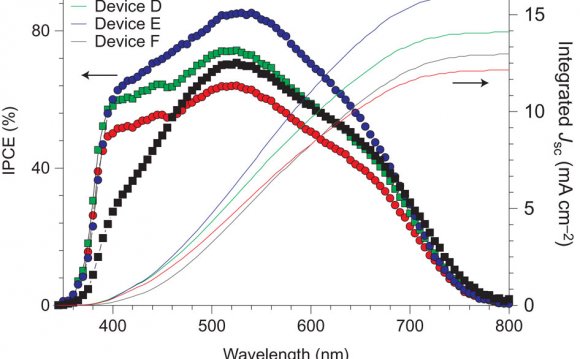
The term monochromatic comes from the Greek words mono, meaning single, and chroma, meaning color. So monochromatic light literally means light of one color. In scientific terms, it means light of a single wavelength.
Light is a term for the visible and near visible portions of electromagnetic radiation. It is composed of magnetic and electric oscillating sinusoidal waves that are perpendicular to each other and propagate in the same direction. Probably the single most defining characteristic of electromagnetic radiation is its wavelength, or the distance between two adjacent peaks in its amplitude. Electromagnetic radiation exists over a huge range of wavelengths, ranging in scale from picometers (one trillionth of a meter) to kilometers. This range of wavelengths is collectively referred to as the electromagnetic spectrum.
Physics makes use of radiation of various wavelengths for different purposes. Radio waves are used to carry radio and television broadcast signals. Microwaves are used for heating food. X-rays are used for medical diagnostics. In analytical chemistry, we use light in the ultraviolet, visible, and infrared wavelengths (collectively 100 to several thousand nanometers in length) to characterize and identify different chemical compounds. If you want to obtain light at a specific wavelength to expose a chemical sample to, you must use some form of light filter (called a monochromator) to filter out the unwanted wavelengths emitted from the light source and only allow the desired monochromatic wavelength of light to pass through into the sample. Monochromators are often variable, so that different wavelengths can be selected at different times for different applications. Different chemicals will absorb or emit specific wavelengths of light, so this can be a diagnostic tool for chemical identification.
RELATED VIDEO











